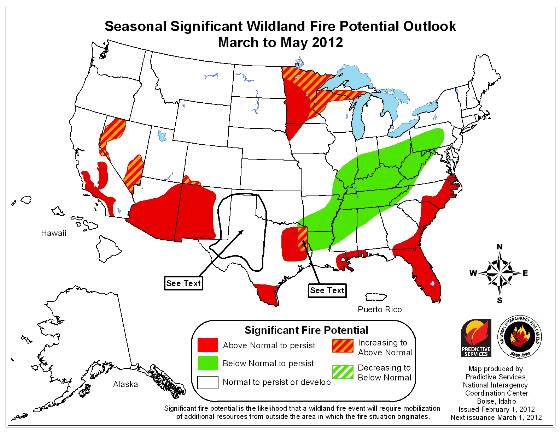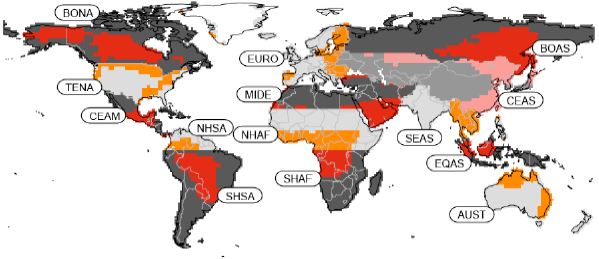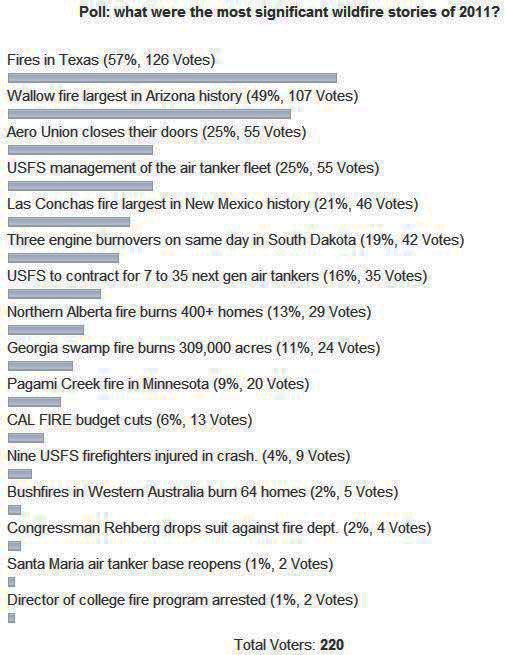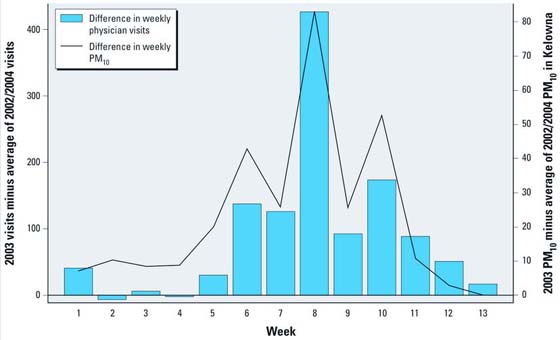Southwest Coordination Center meteorologist Chuck Maxwell told the Albuquerque Journal that due to the drought there has been no additional grass growth in the last two years and that he expects the eastern portion of the state to see 25 percent of the fire activity it saw last year.
The public, and sometimes firefighters, become confused with proclamations about how precipitation or the lack of it will affect wildfire activity, sometimes with the same result. Often you hear that more rain than normal will produce above normal grass growth, adding fuel for potential fires which will increase the rate of spread and the opportunity for ignitions. On the other hand, a drought can reduce the fuel moisture in both live and dead vegetation which can increase the rate of spread, the spotting potential, the intensity, and the resistance to control of wildfires.
It is a complex equation, balancing past and predicted precipitation along with the amount and condition of the fuel. And of course the weather DURING the fire season can have more effect than the weather before the season and the fuel characteristics. Theoretically, the folks at the National Interagency Fire Center take all of this into account when they issue their monthly outlooks, like the one below from February 1, 2012.








